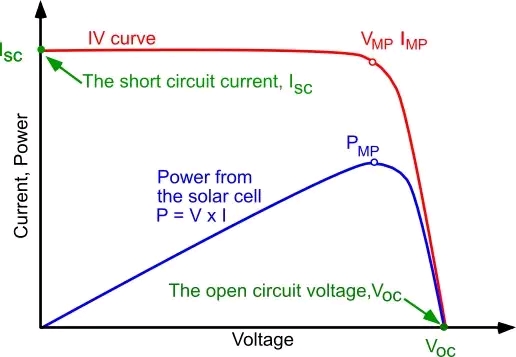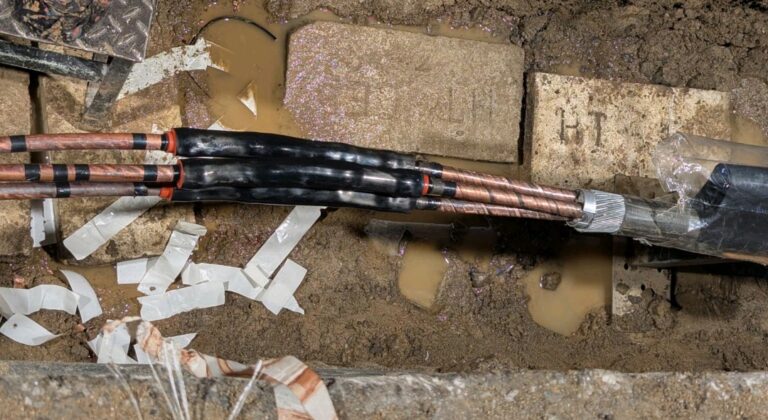
Why would the volts from my panels drop when the amps go up?
First you should check What electronic device did you connect to the panel to get it to do that?
A charge controller is trying to locate the maximum power point when it is trying to get as much power as it can.
It does not do that all the time though. Only when it decides to.
More Current going though the wires and leaves less room for the volts
To give you an answer regarding your specific system, a lot more information is need about your system.
However, generally speaking if you are reading data from an inverter/charger with an integral MPPT solar charge controller, this would be a normal reading. I am not going to provide a technical description of MPPT architecture here, so here is an oversimplification.
An MPPT charge controller leverages voltage to obtain the most efficient amperage output at a controlled voltage that should be considerably higher than the battery nominal voltage. For example we might have an 80 amp output with a charge controller that serves 12 volt batteries that is being supplied by a solar array of 1000 watts with a VOC (voltage open circuit) of 99.6 volts and ISC (amperage short circuit) of 12.5 amps. In Watt’s Law, watts = volts X amps. So as you can see, the ratings of our array is imperfect, but the Law still applicable. 99.6v X 12.5a = 1245 watts (yet the two panels are equal and rated at 500 watts). Solar panel behavior is unique when compared to most other methods of producing power.
The rating data on the label, required for listing purposes, is obtained using STC (standard testing conditions) using highly controlled conditions. As we know, panel performance varies a great deal with insolation (amount of available sunlight) and temperature.
Thus, it would be rare to see an array perform at rated conditions for any considerable period of time. Now we address the load, which has profound effect on the performance of the panels.
Note, that because of the nature of photoelectric panels, they are able to be short circuited, and the amperage levels off at a rated value.
What would happen if you short circuited the positive and negative of a battery? Also, the panels only produce what the load demands (another oversimplification).
The charge controller uses available power from the panels to maintain a desired voltage at the batteries. Remember, the controller is only going to use the power available as necessary, and rarely will this hypothetical unit put out the full 80 amps.
When battery voltage is low and inverter loads are high is when you will see near maximum performance, depending on the specific of your system.
However, as soon as the batteries reach 14.6v in our hypothetical system, the controller backs off on amps until the voltage level is maintained.
It may only take 10A for this to happen. Readings at the array, if you are reading them, will correspond to the controller’s actions.
Because the MPPT charge controller looks for the sweet spot of loading to get the most possible power (V x A) and pulling more current drops the voltage, so it basically has a play to pull the most current without excessive drop in voltage.
It’s an ongoing experiment because weather changes, as do the charges needs as hopefully it doesn’t stay at full noise (bulk mode) all day.
The panels have an internal resistance. Think a battery with a resistor in series. The more current you draw the more volatage is dropped across the internal resistence.
Since I x R = E. The current you draw through the internal resistance causes a voltage drop.Confirm, are you looking at the values of your panels or the values your charge controller is putting into the battery? The panels both values go up together but the controller will convert those putting one up and one down (MPPT) for the battery.
#solar #mppt
